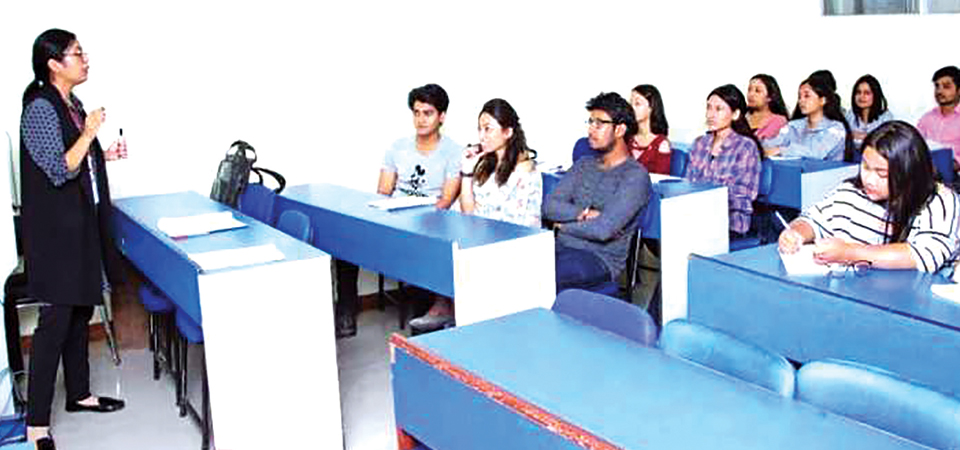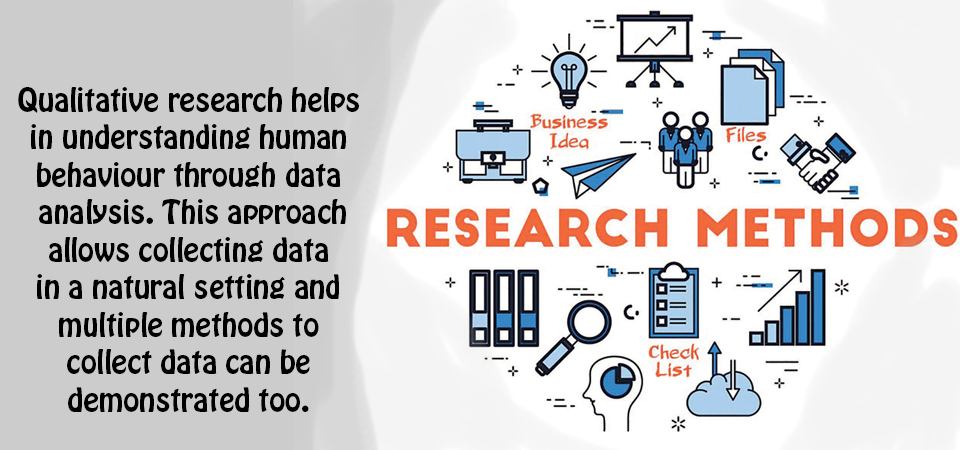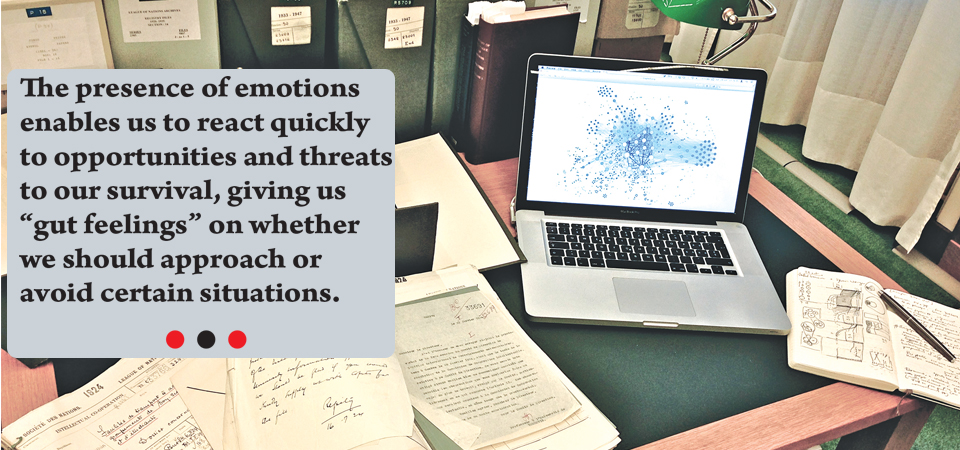Cognitive And Socio-Cultural Theory

Cognitive perspectives by cognitive psychologists have been central to discussion since the 1990s on how a second language is learned or enhanced. It emphasises the mental process in learning a second language, and perceives language acquisition or learning as a conscious and reasoned thinking process.
Cognitive psychologists argue that there is no mental module for language acquisition; rather all learning is based on the same cognitive processes. Some of the theories of cognitive psychology use the computer as a metaphor to compare the mind with the computer. Like computer education, a second language is learned through storing, integrating and retrieving. From the cognitive psychologists' perspectives first and second language follow the same learning process that includes perception, memory, categorization and generalisation. The differences only lie in circumstances for learning a language, and what learners already know and how the previous knowledge directs their perception or understanding
Information Processing Model
Many cognitive psychologists have explored and worked on the information processing model. J.R.Anderson's (1995), Robert Keyser (1998,2001,2007) investigated language acquisition as a skill learning that includes three processes: declarative, procedural and automatic.
According to them learners first need to pay attention to linguistic features, next they need to practice the linguistic features and linguistic competence automatically generates through consistent practice. They perceive declarative as knowledge about something; for instance, knowledge about tense. Procedural means how to do something; for example, knowing how to use tense.
Automatic means spontaneous, fast, effortless and errorless; practice is the means to develop this automatic state. It generally explains how human beings acquire, process, store, and retrieve information. According to cognitive psychologists working on this model perceives that language acquisition is the process of building up knowledge that can automatically be used for speaking and understanding. The first thing is noticing, paying attention to new information. Through information and practice, new information becomes easy to proceed gradually; after practice, it becomes skilled and automatically helps in both speaking and understanding. New information is internalized as declarative knowledge.
Another concept from cognitive psychology is restructuring and transfer appropriate processing. Restructuring employees restructuring our knowledge and say something different. It refers to saying the same thing differently. This happens when learners do not follow declarative, procedural and automatic. Transfer-appropriate processing shows we often think under what condition we learn something According to Lightbown (2008) it refers to information is produced appropriately in which it was acquired and the cognitive process in it is involved too. Another theory based on the cognitive perspective is usage-based learning. According to this theory, being exposed to certain linguistic features determines language learning.
The theory believes learners make a connection between language features and the context in which they occur; language is mostly learned in larger units or chunks. (Ellis, 2002). Another theory is based on the competition model that emphasizes language learning can take place with different cues. Word varies in some languages; Spanish and Italian have flexible words order or structure.
English has word order or sentence structure: subject+verb+object; while Spanish word and sentence structure have many patterns: no subject+verb +object, subject+verb+object. Learners need to focus on meaning rather than structure. This model demands the learners to know different cues of the language they are learning((Mac Whinney 1997).
Another area of work related to the cognitive perspective is language and the brain. Previously it was perceived that language functions in the left hemisphere of the brain but recent imaging studies show that there is an activation in different locations of the brain including both the left and right hemispheres. It depends on age and proficiency. Limited research has been carried on language and the brain, and the implication of language and brain in teaching can be premature.
The interaction hypothesis is made by many cognitive psychologists Evelyn Hatch (1978), Michael long (1953,1996), Susan Gass (1997) stress the importance of interaction for language acquisition. Through modified instruction inputs can be comprehensible. It comprises linguistic simplification, elaboration, slower speech rate, gesture, contextual cues.
To demonstrate the level of understanding conversational modification can be examined by the means of comprehension checks, clarification requests, self-repetition or paraphrasing. Comprehension check ensures whether the learner has understood; for instance, 'Regular class resumes from tomorrow. Do you understand?' In clarification requests, the learner asks the native speaker to clarify the delivered concept. For example, could you please repeat?"
In self-repetition, the native speaker repeats what has been delivered for reinforcing his communicative ideas. Richard Schmidt (1990,2001) proposed the noticing hypothesis that perceived that the first thing important in language learning is noticing.
Social Interaction
The socio-cultural theory proposed by Russian Psychologist Vygotsky assumes that language and cognitive development is the result of social interactions. Speaking and thinking enhance language competence. This theory describes learning as a social process and human intelligence emerges in society and culture; social interaction plays a vital role in language learning. This theory view speaking and thinking are interconnected. While speaking the speaker is thinking about what others say to them, and what they say to others. This internalisation occurs when the individual interacts within the zone of proximal development (ZPD).
The socio-cultural theory proposed zone proximal development (ZPD) that exists between what you can do by yourself and what you cannot do at all. ZPD is a metaphorical location in which learners' co-construct knowledge with the help of an interlocutor (scaffolding). Jim Lantolf (2000) and Richard Donato (1994) assume learning a second language takes place by talking. They revealed the concept and findings on how second language learning develops through collaboration and interaction and cultural symbolic meanings.
(The writer teaches English at Kathmandu colleges)
Recent News

Do not make expressions casting dout on election: EC
14 Apr, 2022
CM Bhatta says may New Year 2079 BS inspire positive thinking
14 Apr, 2022
Three new cases, 44 recoveries in 24 hours
14 Apr, 2022
689 climbers of 84 teams so far acquire permits for climbing various peaks this spring season
14 Apr, 2022
How the rising cost of living crisis is impacting Nepal
14 Apr, 2022
US military confirms an interstellar meteor collided with Earth
14 Apr, 2022
Valneva Covid vaccine approved for use in UK
14 Apr, 2022
Chair Prachanda highlights need of unity among Maoist, Communist forces
14 Apr, 2022
Ranbir Kapoor and Alia Bhatt: Bollywood toasts star couple on wedding
14 Apr, 2022
President Bhandari confers decorations (Photo Feature)
14 Apr, 2022










